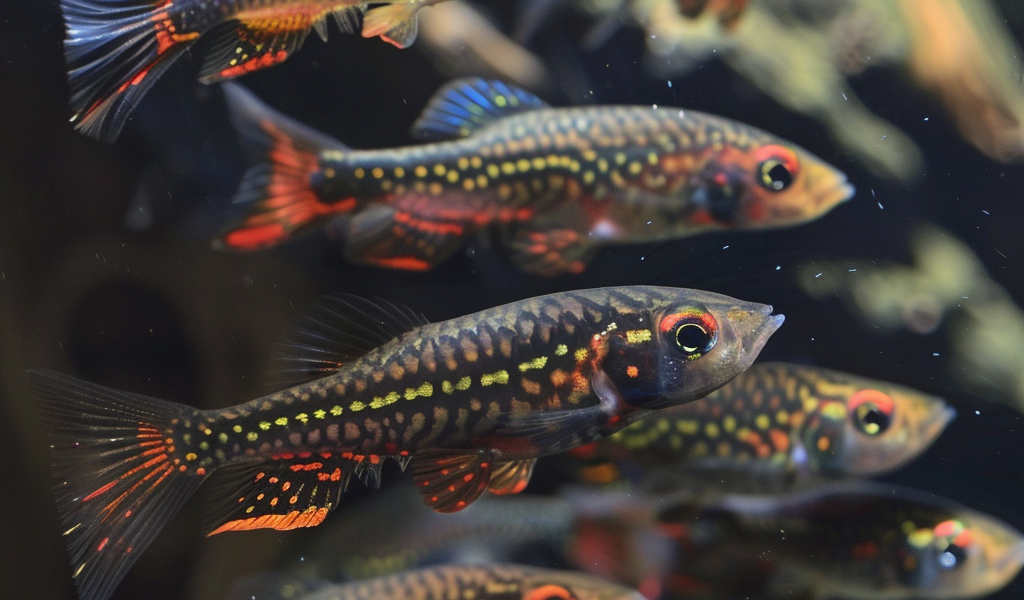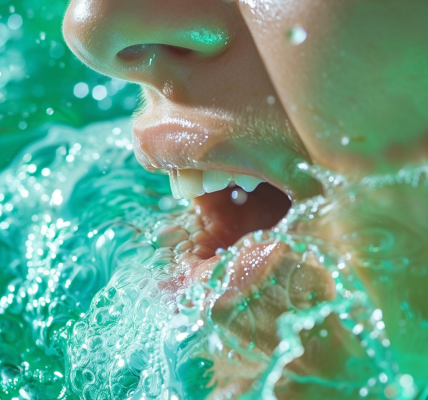The mystery of why women tend to outlive men may have been unraveled by Japanese scientists, shedding light on the role of cells that develop into sperm and eggs in determining lifespan differences between the sexes. The groundbreaking research conducted at Osaka University focused on killifish, demonstrating that inhibiting the production of germ cells resulted in males living longer and females dying younger, effectively closing the lifespan gap.
These findings suggest that the cells responsible for developing into eggs in females and sperm in males play a crucial role in driving the longevity disparities between genders. The study, which marks the first time such effects have been observed in vertebrates, could have broader implications for understanding aging mechanisms not only in humans but also in other species.
Professor Tohru Ishitani, the lead researcher on the project, emphasized the similarities in the aging process between killifish and humans, indicating that unraveling these mechanisms in simpler organisms could provide insights into human aging. The research team’s work on killifish, a species with rapid sexual maturation and short lifespans, offers a unique perspective on the biological factors influencing lifespan differences.
While various factors contribute to the longevity gap between men and women globally, with women generally living about 5% longer on average, the study highlights the potential impact of germ cells on this phenomenon. The presence or absence of sperm and eggs appears to be a significant determinant of lifespan, with implications for understanding aging processes across different species.
Notably, the research underscores that the disparity in lifespan between genders extends beyond humans, as observed in other species such as apes and monkeys. The study’s findings suggest that the fundamental differences in reproductive cells between males and females could hold the key to unlocking the mysteries of aging and longevity.
As societies grapple with varying life expectancies between men and women, the research provides valuable insights into the biological underpinnings of these differences. By elucidating the role of germ cells in shaping lifespan disparities, the study paves the way for further exploration into the mechanisms of aging and potential interventions to promote healthier aging in both humans and other organisms.





